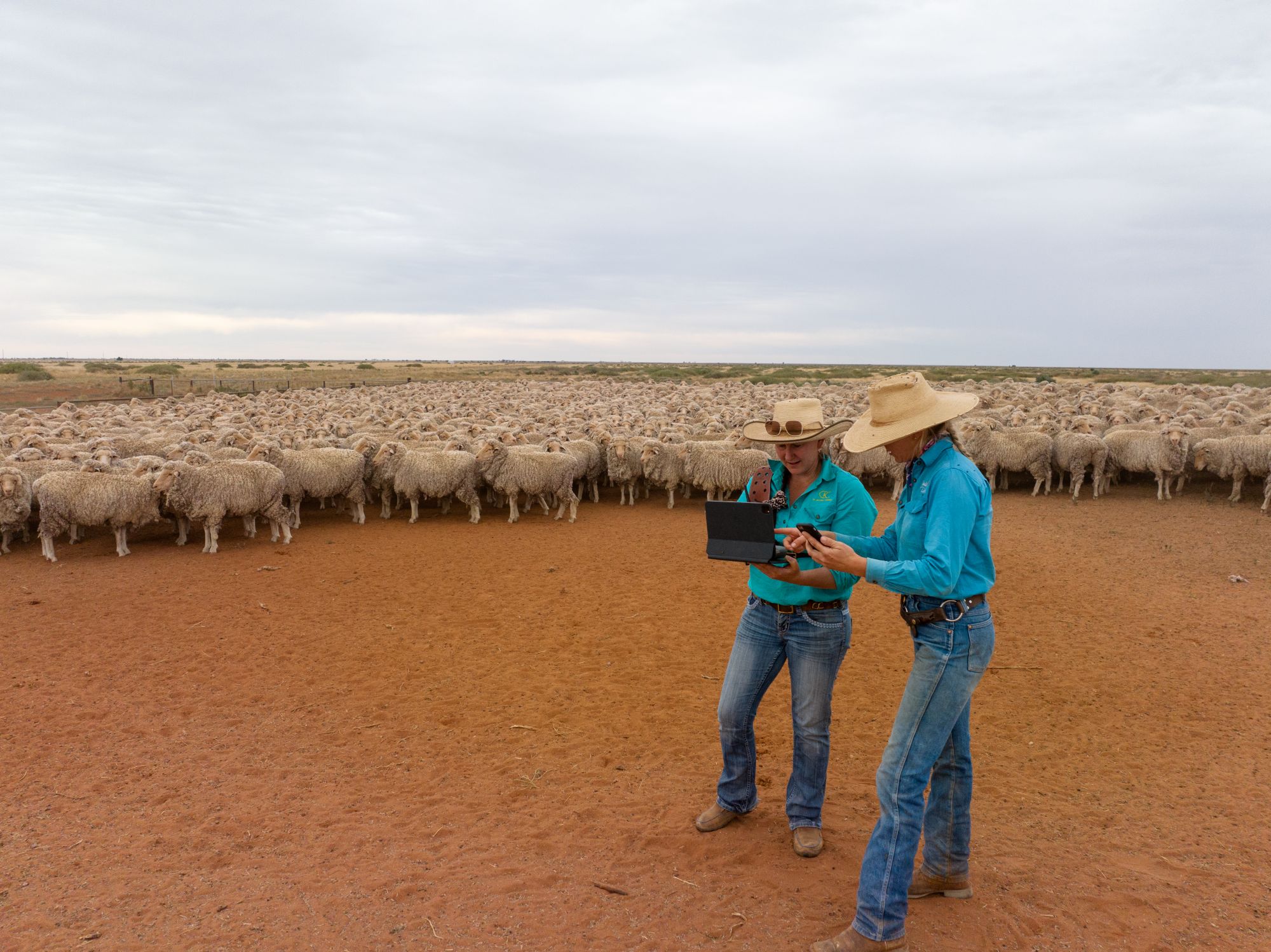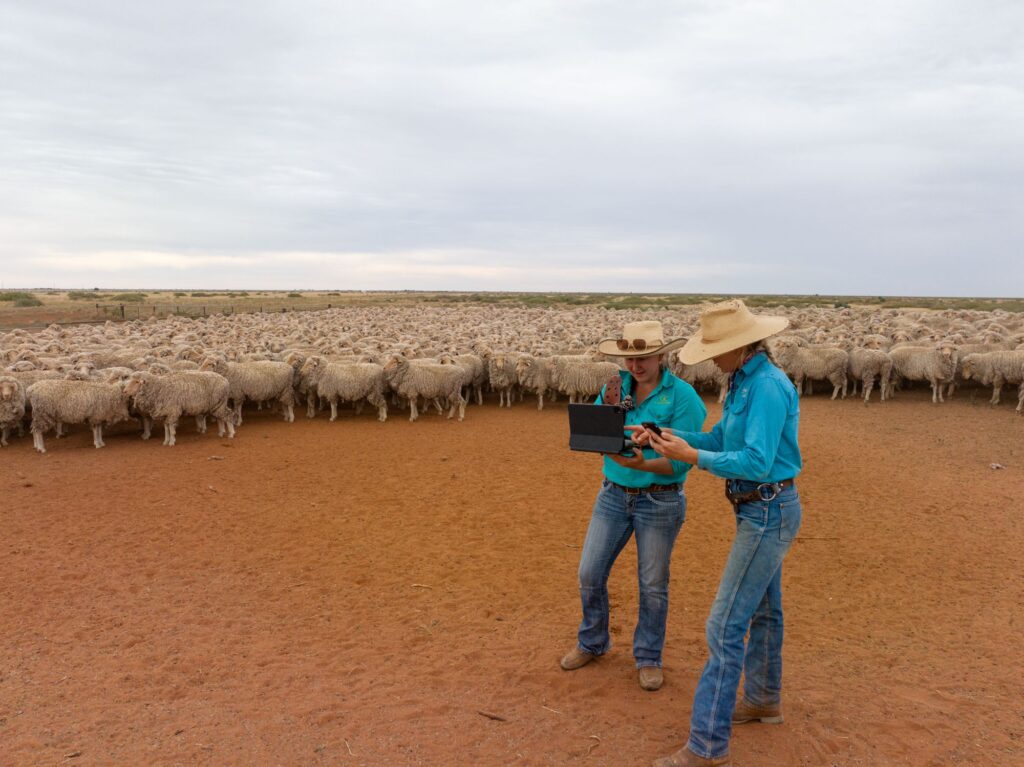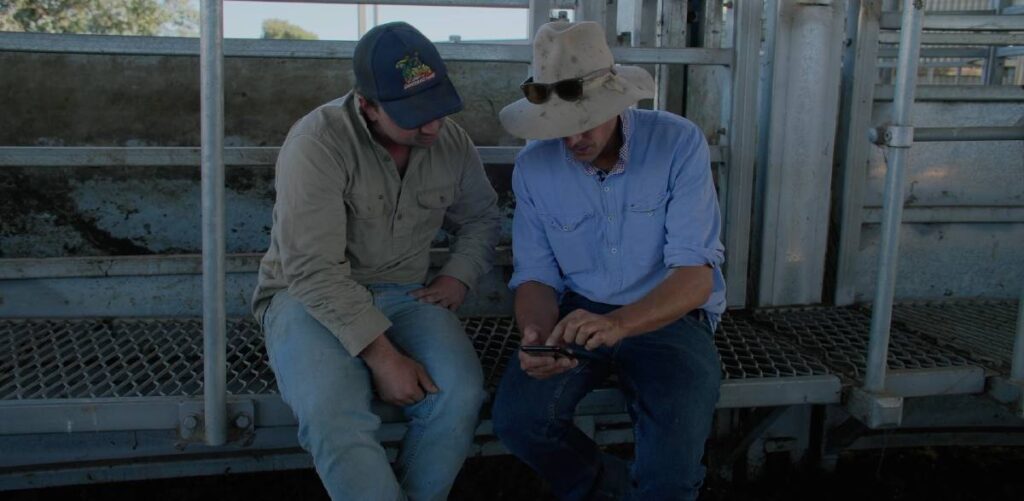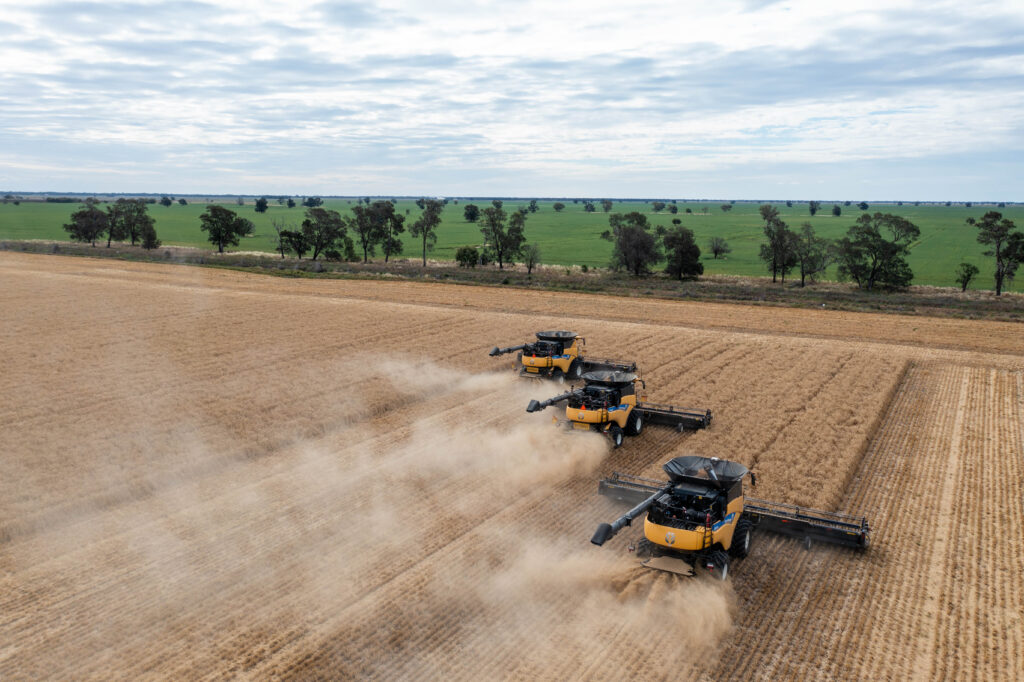
What farmers want: How to design decision support systems
Aug 21 2025

As an academic who specialises in the human side of agtech adoption, Tom Lee has his favourite research papers.
In this Company Advice article, Lee, a Senior Lecturer at the Faculty of Design and Society at UTS, sets “the brief” for agtech companies working on developing new decision support systems.

Despite there being so much literature to wade through, much of it inconsequential, dubious or cryptic, occasionally there are gems. Often, they’re not the most recent papers.
True insight can stand the test of time, even in a fast-moving industry like agtech, particularly digital decision support.
One such is R. L. McCown’s 2002 paper, “Changing systems for supporting farmers’ decisions: problems, paradigms, and prospects”.
Twenty years old but still absolute gold dust. There are two enduringly relevant bits of advice in that article for anyone working in agtech. McCown writes:
“Criteria of usefulness of a Decision Support System (DSS) to a farmer can be expected to be quite different to the middle level manager in an organization comprised of multiple layers of decision-making and accountability. In this, its corporate homeland, the DSS innovation emerged as a little chunk of bureaucracy that serves a role that is, at least subtly, regulatory. But in being ‘one’s own boss,’ a family farmer’s decision to use (or not) a DSS is entirely voluntary. As a manager, the farmer may be more comparable to the corporate senior executive, who has a well-documented history of non-use” (186).
This might be different if a farmer is running a large corporate operation, with a layer of middle management. But most farmers, in my experience, are as McCown says, comparable to corporate senior executives who have to be highly selective with the time they invest rolling out a new technology, particularly when it doesn’t align with their identity or deliver a clear value proposition.
Furthermore, as McCown notes, farmers want to display good judgement and agency in decision-making, a tool that replaces this is, in a sense, an affront to these values.
True, the regulatory burden for farmers of today in Australia might make them act and feel like middle managers at times, but is that the relationship we really want to foster between farmers and their technology?

The second insight from McCown is that technologies seeking to offer comprehensive solutions are a hard sell, in comparison with well-defined, task-specific technologies. He cites an example: a software package from an earlier generation of decision support tools called CALEX-Cotton, which focused on helping farmers and farm advisors with pest control.
The research team developing the product had thought the comprehensiveness of the software and its ability to stand as a proxy for expertise was a positive feature.
Reflecting on the failure of CALEX-Cotton, the leader of the research team said, “it is more important that the tool be useful in the process than to be comprehensive”.
Farmers want tools they can use and obtain value from as expert users, not tools that aim in their comprehensiveness to replace farmer judgement and thereby turn farmers into the tools or delegates.
These two insights resonated with the findings from the 35 + interviews our research team conducted with farmers, specifically livestock producers or graziers, from across Australia as part of the Foragecaster research project with Food Agility.

We have moved well beyond the days of CALEX-Cotton and the kinds of software packages McCown was discussing back in 2002. Now, decision support is about real-time data collected through remote sensing and analysed using powerful machine learning models or ‘artificial intelligence’—to use a more aspirational but misleading term. But comparable problems remain.
‘More automation, less features’ was one of the two pithy quotes we heard in the interviews that captured the sentiment of farmers regarding the new generation of decision support tools. It echoes what McCown said regarding the importance of tools that are task specific and solve narrowly defined problems.
Despite wanting automation, graziers are also highly aware of the contextual complexity of grassland farming systems. The ‘truth’ of the farm is in this sense as close to the paddock as possible, and the further away the ‘expert’ is (whether human or machine), the more hoops they must jump through to prove they know what’s really happening on-farm.
The main word that captured this demand, in terms of a design specifications, was ‘tweakability’:
“To be an effective tool it needs to be dynamic, you need to be able to tweak it” (Central Tablelands farmer)
“It’s definitely a management process you go through weekly, but there are always tweaks” (Central West NSW farmer)

Things change quickly on a farm and if it takes a lot of effort to change the plan, then planning goes out the window. This all might sound overly negative and suggest that farmers are anti-technological laggards. But that is not true at all.
Australian farmers are very open to new technologies. AgriWebb, Optiweigh, Cibolabs, Farmbot and others—these are all getting increasing market penetration. But this doesn’t stop farmers from being highly selective adopters and users, who will use tools partially, temporarily, avidly or frustratedly, depending on how they are designed and what kind of utility they offer.
It’s a fine line to walk then, something that is tweakable so that it is tuned to a highly complex context, and yet simple to use and reliable—so simple and reliable you don’t have to think about it.
The brief is set agtech developers, go forth and prosper!
Works cited
McCown, R. L. (2002). Changing systems for supporting farmers’ decisions: problems, paradigms, and prospects. Agricultural systems, 74(1), 179-220.
Posted in Company Advice
You Might Also Like
Jun 27 2025
Marketing 101: How to sell your agtech to farmers
Ten lessons on how to improve your marketing output from US-based agtech company, Lumo.
Read MoreAug 11 2023
NFF Australian Farm Data Code
Calling all AgTechs that are collecting, managing, or sharing, farm data! Australian farmers are demanding more transparency and control over how their farm data is managed. In response, the National Farmers’ Federation…
Read MoreList your company on AgTech Finder.
AgTech Finder helps Australian Farmers and producers find the product that’s right for them.
Register now to be a part of the community, get access to a national platform and start gaining insights to improve your products.
